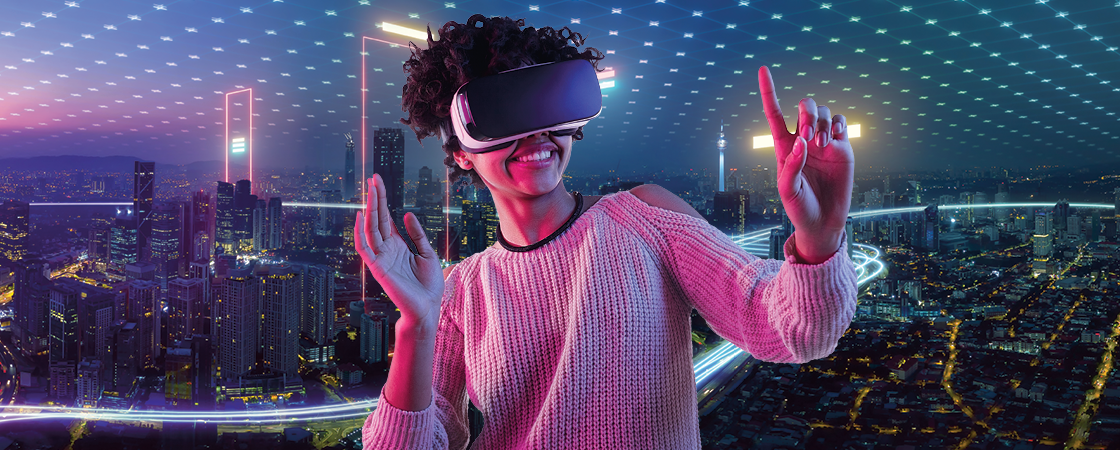Close your eyes and imagine that you’ve time traveled 100 years into the future.
What do you see? Kids flying to school with jet packs? Drones zipping through the sky, delivering pizzas? Talking dogs?
Throughout history, humans have dreamed about what the future might be like. Some of these dreams have been shockingly accurate—like when artist Leonardo da Vinci envisioned a helicopter-like flying machine way back in the late 1400s, centuries before human flight became possible. Some dreams have been ambitious—like that humans would be living on the moon by now. Others have been hilariously weird—like that by 2022, animals would be doing all our chores.
Today, predicting the future isn’t as much of a guessing game as it used to be. In fact, it’s become an important discipline, essential to the work of government officials and business leaders around the globe. Experts in the field—called futurists—study shifting trends in the world today to anticipate what might happen tomorrow.
Forecasting major changes can be enormously helpful. For example, after researching transportation, a futurist might anticipate that most people will one day use driverless cars. The futurist could then work with government officials to make plans for that reality, such as adjusting speed limits to maximize safety.
Here’s what some futurists say life might be like 100 years from now.

